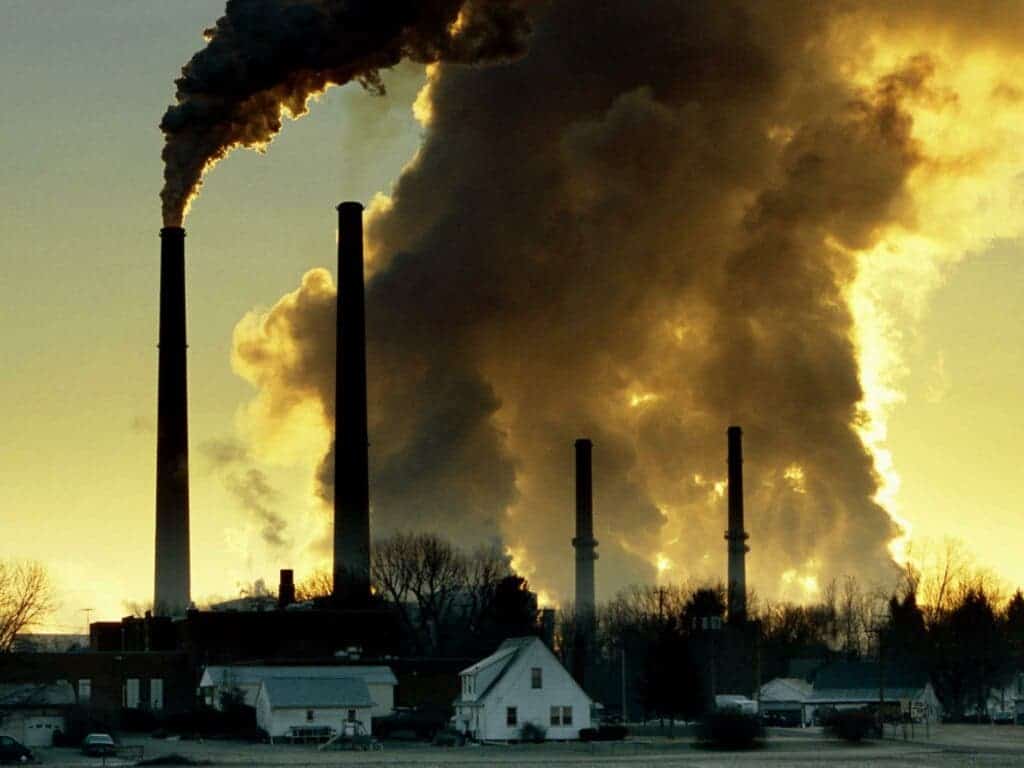More than half of the world’s population is living with growing levels of air pollution that are affecting their health every day, a concerning new study reports.
According to the research, Sub-Saharan Africa and Southeast Asia are among the regions with the largest increases, according to a study that compared 2010 to 2016 global air pollution levels

Air pollution and is widely recognized as a threat to both public health and economic progress. The World Health Organization (WHO) estimates that 4.2 million deaths annually can be attributed to outdoor fine particulate matter air pollution, caused by many sources from transport to energy production. It is linked to a wide array of health problems, such as heart and lung damage, diabetes and damaged intelligence.
A study by Exeter University and the WHO has shown that, despite global efforts to improve air quality, 55.3% of the planet’s population were exposed to increased pollution between 2010 and 2016. This means that air pollution still constitutes a major, and in many areas, increasing threat to public health — simply put, things are getting worse for many of the world’s inhabitants.
In order to obtain yearly air quality profiles for different regions, researchers coupled gound monitoring data with information from satellite, as well as other information (such as chemical transport models).

The methodology represents a big leap to measure air pollution, the researchers said.
Professor Shaddick, a co-author of the study, said in a statement: “While long-term policies to reduce air pollution have been shown to be effective in many regions, notably in Europe and the United States, there are still regions that have dangerously high levels of air pollution, some as much as five times greater than WHO guidelines.”
While air pollution affects high and low-income countries alike, the study showed that low- and middle-income countries experience the highest burden. The highest concentrations were seen in Central, Eastern Southern and South-Eastern Asia as well as in Sub-Saharan Africa, in some cases associated with sand and desert dust.
On the other hand, north America and Europe registered lower values of air pollution and a decline between 2010 and 2016, which the researchers linked to effective regulatory processes that were implemented thirty years ago. The findings agreed with previous government observations.
Professor Shaddick added: “Although precise quantification of the outcomes of specific policies is difficult, coupling the evidence for effective interventions with global, regional and local trends in air pollution can provide essential information for the evidence base that is key in informing and monitoring future policies.”
Globally, the population exposed to air pollution above the WHO recommended levels dropped from 94.2% in 2010 to 90.0% in 2016, driven largely by decreases in North America and Europe. However, no such improvements are seen in other regions where the proportion has remained virtually unchanged, at very high levels.
The problem is not limited to urban areas. Across much of the world, the vast majority of people living in rural areas are also exposed to levels above the WHO guidelines. Although there are differences between urban and rural areas in North America and Europe, in most of the world populations living in both urban and rural areas are exposed to higher than recommended levels.
“Policies and investments supporting affordable and sustainable access to clean energy, cleaner transport and power generation, as well as energy-efficient housing and municipal waste management can reduce key sources of outdoor air pollution. Interventions would not only improve health but also reduce climate pollutants and serve as a catalyst for local economic development,” the researchers concluded
The study was published in the journal Climate and Atmospheric Science.









